 |
French Ducks |  |
Blanc de l'Allier (Allier White) -
Le canard de Bourbourg (Bourbourg duck)
-
Le canard de Challans (Duck of Challans)
-
- Cou-Nu (Naked Neck)
- Duclair
- Rouen
All the following items are excerpts from the Books about the Farm Yard
Blanc de l'Allier (Allier White)
Le canard de Bourbourg (Bourbourg duck)
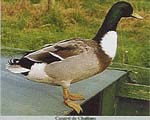
Le canard de Challans (Duck of Challans)
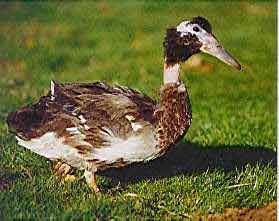
Cou-Nu (Naked Neck)
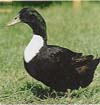
Le canard Duclair (Duclair duck)
Le canard d'Estaires (Estaires duck)
Les canards de Rouen (the Rouen ducks)
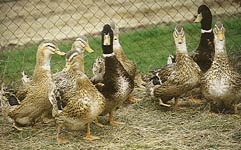
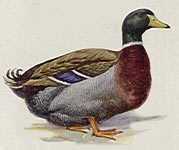
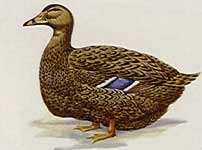
top of the page
All these excerpts are quoted from the Books about the Farm Yard